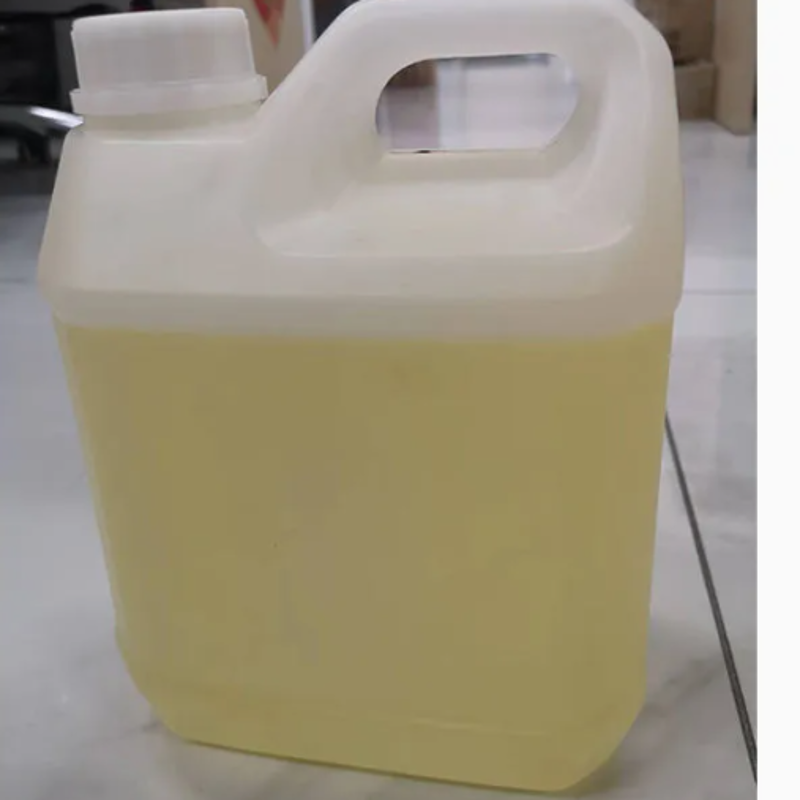-
Categories
-
Pharmaceutical Intermediates
-
Active Pharmaceutical Ingredients
-
Food Additives
- Industrial Coatings
- Agrochemicals
- Dyes and Pigments
- Surfactant
- Flavors and Fragrances
- Chemical Reagents
- Catalyst and Auxiliary
- Natural Products
- Inorganic Chemistry
-
Organic Chemistry
-
Biochemical Engineering
- Analytical Chemistry
-
Cosmetic Ingredient
- Water Treatment Chemical
-
Pharmaceutical Intermediates
Promotion
ECHEMI Mall
Wholesale
Weekly Price
Exhibition
News
-
Trade Service
How much plastic is recycled every year?
The answer is 9%! According to the latest report "Global Plastic Outlook" released by the Organisation for Economic Co-operation and Development (OECD) on Tuesday, the amount of plastic waste currently produced in the world is about twice as much as it was 20 years ago.
Most of this ends up in landfills, incineration or leakage into the environment, and only 9% is successfully recycled
.
Only 9% of plastics in the world are recycled
.
(Image from OECD)
The OECD is an intergovernmental international economic organization composed of 36 countries with a market economy.
It aims to jointly cope with the economic, social and government governance challenges brought about by globalization and seize the opportunities brought about by globalization
.
The report shows that as populations and income levels increase, so do the use and disposal of plastics, and policy constraints to curb plastic leakage into the environment are declining
.
Plastic consumption quadruples in 30 years, waste plastic more than doubles
Plastic consumption quadruples in 30 years, waste plastic more than doublesDriven by growth in emerging markets, plastic consumption has quadrupled in the past 30 years
.
From 2000 to 2019, global plastic production doubled to 460 million tons
.
Plastics account for 3.
4% of global greenhouse gas emissions
.
At the same time, global waste plastic production more than doubled to 353 million tonnes
.
Nearly two-thirds of plastic waste comes from plastics less than five years old, with 40% from packaging, 12% from consumer products and 11% from apparel and textiles
.
However, only 9% of plastic waste is recycled, of which 15% is collected for recycling and 40% is disposed of as residue
.
Another 19% is incinerated, 50% ends up in landfill, 22% escapes waste management systems and goes into uncontrolled dumps, burns in open pits or ends up in terrestrial or aquatic environments, especially in poorer countries This is more common
in .
In 2019, 6.
1 million tons of waste plastics leaked into the aquatic environment and 1.
7 million tons into the ocean
.
There are now an estimated 30 million tons of plastic waste in the oceans, and an additional 109 million tons in rivers
.
About 50% of plastic waste comes from OECD countries
About 50% of plastic waste comes from OECD countriesAccording to the report, almost half of all plastic waste is generated in OECD countries
.
Annual plastic waste per person ranges from 221kg in the US and 114kg in OECD countries to an average of 69kg in Japan and South Korea
.
Most plastic pollution comes from inadequate collection and disposal of large plastic fragments, but leakage of microplastics (synthetic polymers less than 5 mm in diameter) in substances such as industrial plastic pellets, synthetic textiles, road markings and tire wear is also a serious problem.
problem
.
Currently, plastic spills in OECD countries account for about 14% of global plastic spills
.
Among them, large plastic leakage in OECD countries accounts for 10% of the global leakage, and microplastic leakage accounts for 35% of the global leakage
.
The Outlook states that international cooperation to reduce plastic pollution should include supporting low-income countries to develop better waste management infrastructure to reduce plastic leakage
.
Affected by the new crown epidemic, global plastic use decreased by 2.
2% in 2020, but the increase in plastic medical equipment such as food delivery packaging and masks has stimulated users to litter
.
As the economy rebounds in 2021, so does plastic consumption
.
Plastic ban has limited effect
Plastic ban has limited effectThe report argues that reducing plastic pollution requires action and international cooperation to reduce plastic production, including through innovation, better product design and the development of environmentally friendly alternatives, as well as efforts to improve waste management and increase recycling
.
While more than 120 countries currently have bans and taxes on single-use plastics, not enough has been done to reduce overall pollution
.
This is mainly because most regulations are limited to items such as plastic bags, which make up only a small portion of plastic waste, and this act of curbing plastic consumption is not as effective in reducing plastic pollution as reducing littering
.
Harmonized design approach and chemical regulation is key
Harmonized design approach and chemical regulation is keyConsidering global value chains and plastics trade, the report argues that harmonized design approaches and chemical regulation will be key to improving the circularity of plastics
.
An international approach to waste management should mobilize all available funding sources, including around €25 billion a year in aid, to help low- and middle-income countries improve their waste management infrastructure
.
In addition, landfill and incineration taxes that encourage recycling exist only in a few countries
.
The report calls for greater use of tools such as extended producer responsibility schemes for packaging and durable goods, landfill taxes, deposit refunds and pay-as-you-go systems
.
Recycled plastic only accounts for 6%, and recycling technology can improve the competitiveness of the secondary market
Recycled plastic only accounts for 6%, and recycling technology can improve the competitiveness of the secondary marketIt is worth noting that recycled plastics, which are highly requested, even increased from 6.
8 million tons in 2000 to 29.
1 million tons in 2019, but this still accounts for only 6% of total plastic production
.
The report argues that more needs to be done to create a separate and well-functioning market for recycled plastic, which is still seen as a substitute for virgin plastic
.
Setting recycled content targets and investing in improved recycling technologies can help increase the competitiveness and profitability of the secondary market
.







